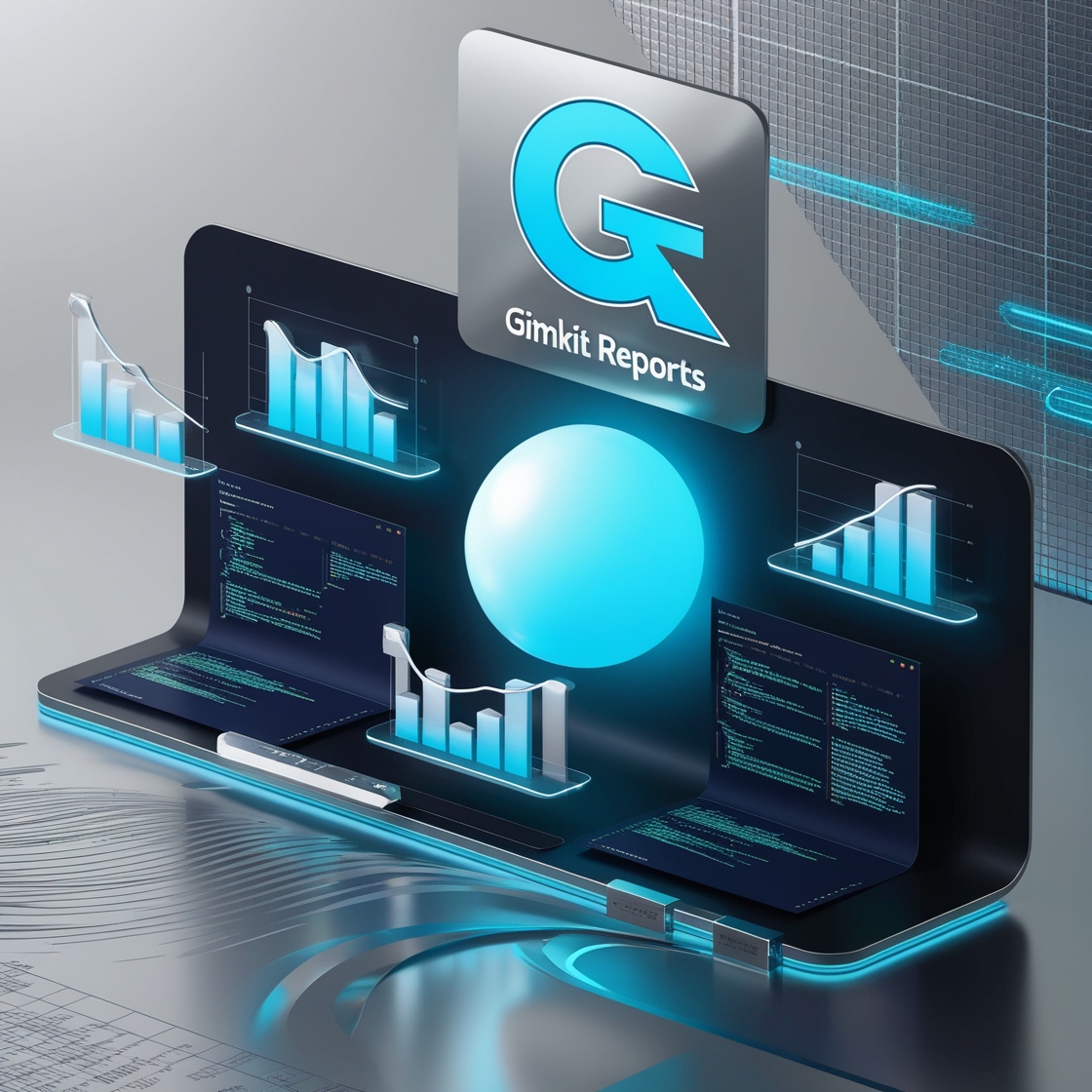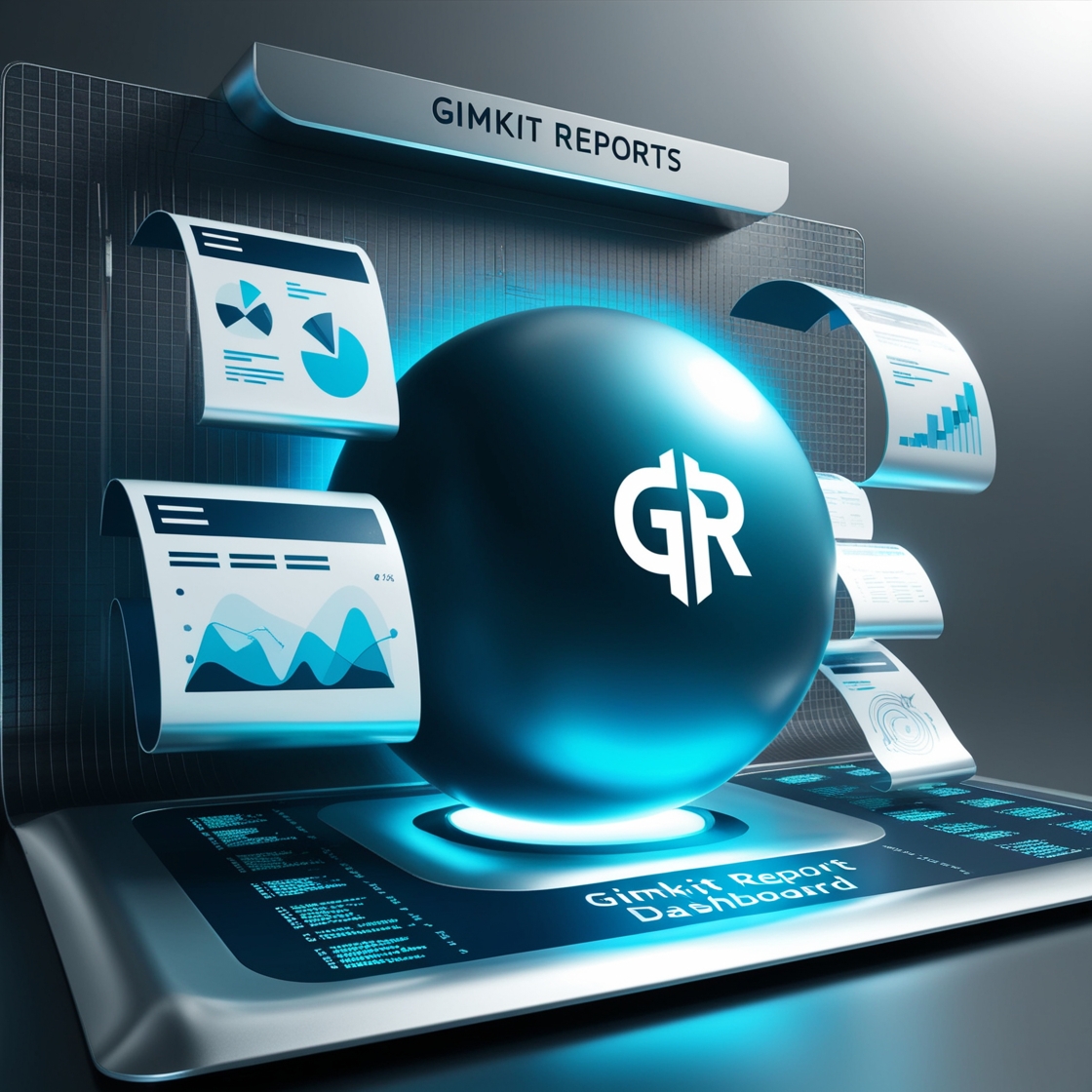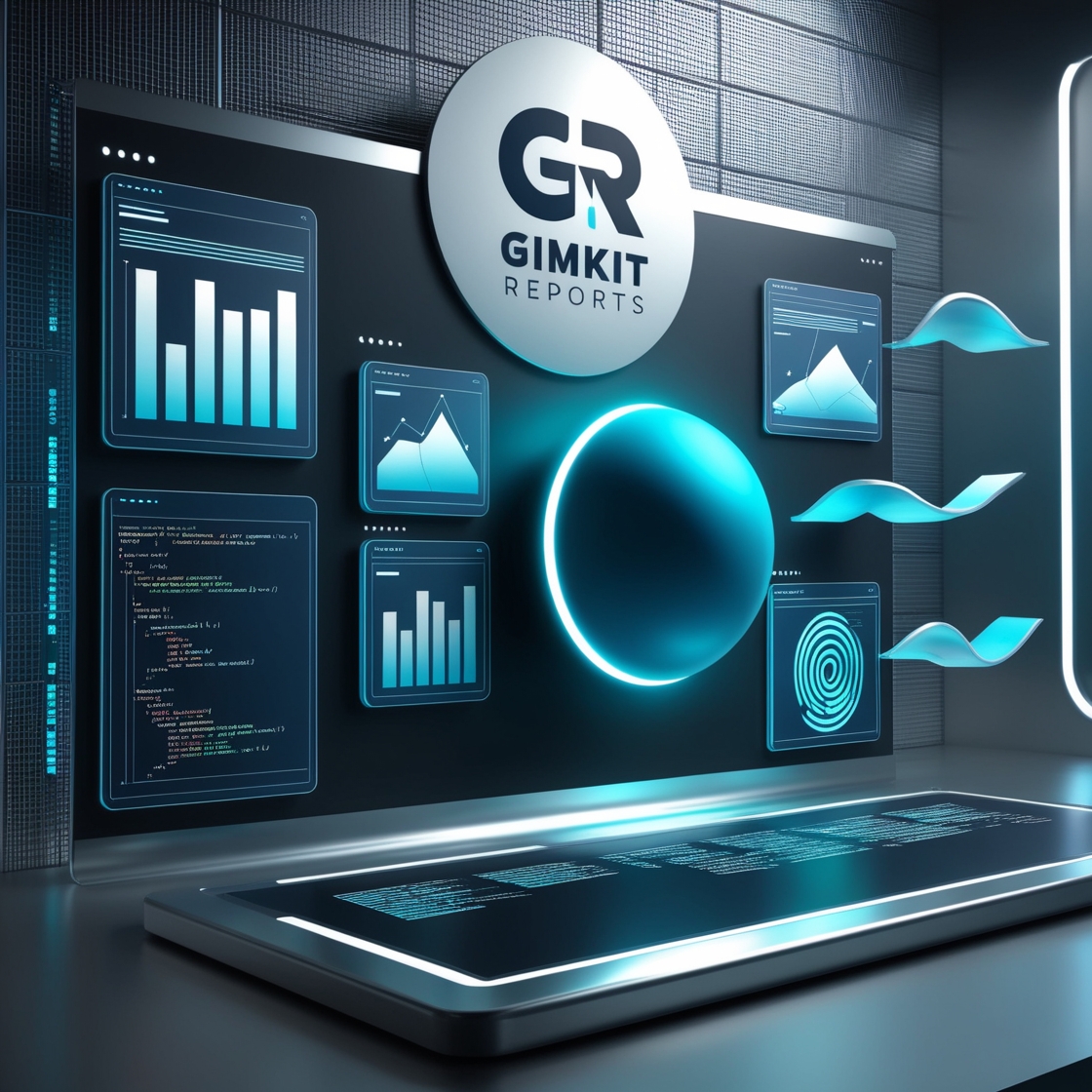Gimkit has revolutionized the way educators approach classroom engagement by turning quizzes into interactive, game-based learning experiences. One of its underrated features, however, is the Gimkit Reports tool. While the games captivate attention and spark competition, the reports provide in-depth insights into your students’ progress and performance, making them a powerful tool for enhancing learning outcomes.
But how can you unlock the full potential of Gimkit reports? This guide dives into the features, benefits, and actionable strategies for making the most out of Gimkit’s reporting capabilities.
Why Are Gimkit Reports Important?
Gimkit reports offer a comprehensive overview of your students’ performance during gameplay. These reports track individual and collective progress, giving you real-time data on accuracy, completion rates, and weaknesses. By analyzing these insights, you can refine your teaching strategies to meet your students’ unique needs.
Here’s why Gimkit reports are important:
- Track Student Progress: See how students perform over time and identify their growth.
- Identify Learning Gaps: Pinpoint areas where students struggle the most and adjust lessons accordingly.
- Analyze Class Trends: Spot which topics or questions are consistently challenging for the class.
- Document Performance: Use reports to provide concrete evidence of student learning for parent-teacher meetings or administrative reviews.
Key Features of Gimkit Reports
Gimkit reports are packed with features designed to make data analysis straightforward and actionable. Here’s an overview of what you’ll find:
1. Individual Student Performance
Each student’s report shows:
- Number of questions attempted
- Correct vs. incorrect answers
- Time spent on each question
This breakdown helps you assess students’ accuracy and understanding on an individual level.
2. Class-Level Insights

At a glance, you’ll have an overview of how the entire class performed, including:
- Class average accuracy
- Most challenging questions
- Overall class participation
3. Question Analysis
Gimkit offers a question-by-question analysis that highlights:
- Which questions had the lowest accuracy.
- Common incorrect answers students selected.
- Which concepts might need revisiting in future lessons.
4. Export Options
Gimkit reports can be exported in CSV format, allowing you to keep records for progress tracking and integrate the data into other grading tools you use.
How Educators Can Use Gimkit Reports Effectively
Gimkit reports go beyond just numbers. Here’s how to leverage this data to improve your students’ learning experience and refine your teaching strategies:
1. Use Data to Personalize Learning
Every student learns differently. By analyzing individual performance data, you can:
- Provide targeted support for struggling students.
- Challenge high-performing students with advanced content.
- Create differentiated group activities tailored to student needs.
For example, if a student consistently struggles with fractions, you can provide additional resources or one-on-one tutoring sessions to solidify their understanding of the topic.
2. Reinforce the Most Challenging Concepts
Review question accuracy rates to identify weak spots in your lesson. If a particular question repeatedly trips up the majority of the class, it’s a signal that the concept needs to be revisited.
Actionable Tip: Turn the difficult concept into another Gimkit game session or use collaborative activities like group discussions to enhance understanding.
3. Track Long-Term Progress
Exporting data from multiple games and sessions allows you to spot long-term trends:
- Look at performance improvement for individual students over time.
- Monitor effectiveness of lesson plans. Are students improving after specific teaching methods?
These insights are invaluable for reflective teaching and can guide your approach to better meet students’ needs.
4. Use Performance Data During Parent-Teacher Conferences
Parents value transparency when it comes to their child’s education. Use Gimkit reports as part of your discussions to:
- Showcase both strengths and areas for improvement.
- Highlight growth and celebrate accomplishments.
- Share specific examples backed by data, like performance in past quizzes.
Example: “Your child has improved from 60% accuracy in multiplication questions to 85% in the last month—I’ve assigned additional exercises to continue this momentum.”
5. Encourage Accountability Among Students
Sharing reports with students can motivate them to take ownership of their learning. Show them their strengths and areas for improvement, and encourage self-reflection.
Actionable Tip: Create individual or class-wide performance goals based on Gimkit reports. Reward milestones like accuracy improvements or increased participation to keep students motivated.
6. Set Up Collaborative Review Sessions
Gimkit data can help you structure group activities based on complementary skill levels:
- Pair high-performing students with those needing extra support.
- Engage the entire class in solving the most missed questions from a game.
This not only fosters peer learning but also builds a stronger classroom community.
Best Practices When Using Gimkit Reports
To make the most of Gimkit reports, follow these best practices:
- Review Reports Immediately:
Analyze Gimkit reports right after a game session to capture real-time insights while the activity is fresh in your mind. - Combine Data with Other Assessments:
Balance Gimkit reports with data from other assessments, like quizzes or homework, to get a holistic view of a student’s progress. - Discuss Findings with Students:
Take time to review reports with your class. Highlight overall strengths to build confidence and discuss areas for improvement collaboratively. - Utilize Filters:
Use Gimkit’s filtering options to sort data by individual student, question type, or topic for a more nuanced analysis. - Integrate Reports into Lesson Planning:
Turn insights into action! Use report findings to adjust your teaching schedule or prioritize certain topics.
Examples of Applying Gimkit Reports in the Classroom
- Example 1: Vocabulary Practice
After running a vocabulary trivia game, a Gimkit report shows students struggled with five specific terms. Use this insight to dedicate extra time for word activities like matching games, spelling tests, or sentence-building exercises. - Example 2: End-of-Unit Assessment
Run a Gimkit game as a final review for a unit. The report highlights which topics need reinforcement before moving on, ensuring no student is left behind. - Example 3: Weekly Progress Tracking
Monitor weekly gameplay reports to ensure incremental progress. Reward students for improvement, cultivating a growth mindset.
FAQs About Gimkit Reports
1. Are Gimkit reports available with the free version of Gimkit?
Yes, but the free version has limitations compared to the Pro plan. For example, you may not have access to advanced filtering or export options.

2. Can Gimkit reports be shared with students?
Reports aren’t directly shareable, but you can extract key insights to discuss with students during feedback sessions.
3. How do I export reports?
You can export reports as a CSV file and open them using spreadsheet tools like Excel or Google Sheets. Look for the “Export” button in the reports section.
4. Are Gimkit reports available for all game modes?
Yes, reports are generated for all Gimkit game modes, ensuring you can access data regardless of the activity type.
5. How often should I review Gimkit reports?
It’s ideal to review reports after every Gimkit session to immediately address areas of struggle and celebrate achievements.
6. Can I combine Gimkit data with other learning tools?
Definitely! Exported CSV files can be integrated into platforms like Google Sheets or Learning Management Systems for deeper analysis.
7. What if my students are struggling with every question?
Use this as a signal to revisit foundational concepts. Supplement Gimkit games with guided instruction or hands-on activities to build competency.
Final Thoughts
Gimkit reports are a treasure trove of insights to deepen your understanding of student needs and supercharge your teaching strategies. By tracking progress, identifying challenges, and personalizing learning, you can make every game session a stepping stone to student success.
Take a closer look at your Gimkit reports today and start unlocking their full potential. For more tips, guides, and inspiration, keep visiting Gimkit Blog regularly!

